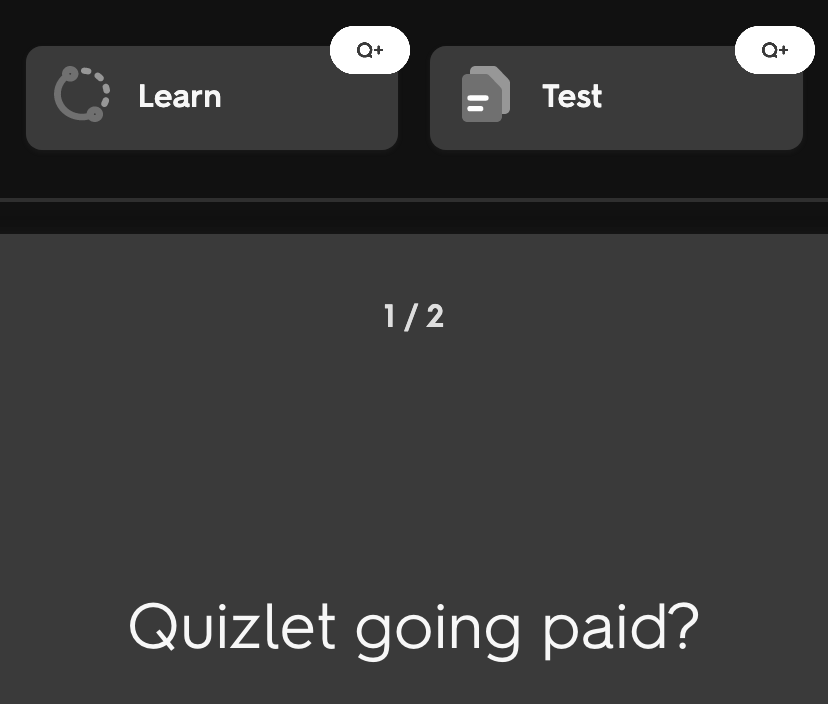Quizlet+: The quarrel for quality
Quizlet is a crucial part of student life, as it makes the creation and use of study sets easier for students across the globe. Over 85 percent of Urban students use Quizlet according to a recent survey, joining over 60 million users throughout the world. As Quizlet departs from the freemium model that gained so much popularity over the years, many have raised questions: how does Quizlet work? Why is limiting access for unpaid users? And most important of all, what does its move to a more paid model mean for the future of wealth in education?
Quizlet was created in 2005 by Andrew Sutherland to help him pass his French class. It quickly exploded in popularity in 2008 when it was shown on the Mike and Juliet Show, reaching over 1 million users in the next two years.
Until recently, Quizlet was funded primarily by ads. The company reported more than $75 million in profit in the fiscal year 2021, with per-employee revenue of just under $250,000. Quizlet has received a $1 billion valuation and has received millions of dollars in funding, promising a future as an AI-powered tutoring platform.
On August 1, 2022, the company announced a shift towards a more aggressive paid model, limiting the ability of students to access their services. “A lot of companies made educational materials free during the pandemic,” said Geoff Ruth, science teacher. “[They’re] now under a lot of pressure to actually make money.” With the new policies in place, those without Quizlet Plus, a $2.99-per-month subscription, are limited to using the learn, write and test features five times total per study set.
Quizlet still has a few free features for the many Urban students and the roughly 50 percent of high school students nationwide that regularly use the platform.
“I’ve kinda been able to gimmick it,” said Simon Bordoli ‘25. “I haven’t paid for it at all.”
Free users can still access flashcards, and pre-made study sets. However, the removal of critical tools has come as a blow to many students.
“I was very annoyed when I found out that Quizlet now requires payment,” said Caroline Kao ‘23.
These changes only add to the financial inequity experienced by many students and have limited their ability to study for long, strenuous exams.
“I’m disappointed it’s not free anymore,” said Nela Sutherland ‘26, “Quizlet was a great tool.”
These changes suggest a move towards a future where education is more divided by socioeconomic status – a world where students need money to succeed. While Quizlet is still an important platform for many students, the push for a paid model within the company suggests a darker future for the website – one full of academic inequity and profit-based ethics.












